Best Crypto Wallets
These devices from CoolWallet, Ledger, ShapeShift, and Trezor can help you securely manage your portfolio

If you buy and sell cryptocurrencies like bitcoin and Ethereum, you might appreciate the privacy and security afforded by a good crypto wallet.
While there are plenty of free software tools to help you manage your portfolio, a physical device (known as a hardware wallet or “cold storage”) offers certain advantages.
Editor's Choice: Ledger Nano X
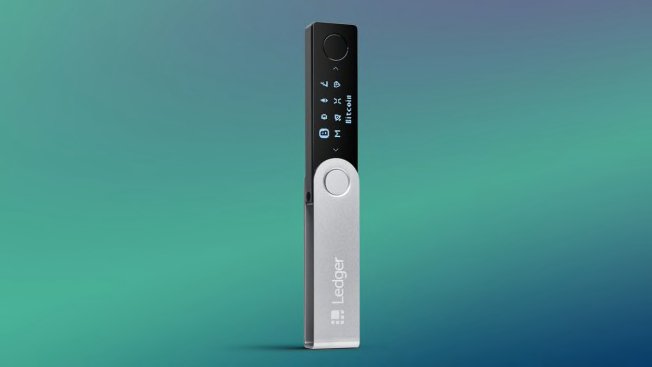
Photo: Ledger Photo: Ledger
Price: $149
Platforms: Windows, macOS, Linux, Android, iOS
Connectivity: USB-C, Bluetooth
The Nano X is the most expensive wallet we reviewed, but its wide compatibility and highly polished software give it an edge over the competition.
The device is compact in size, but the display is large enough to provide letters, numbers, and symbols that are comfortable to read and the two large, physical buttons, used to confirm transactions made in the Ledger Live app, are easy to use. The wallet can connect to a computer or smartphone via USB-C or Bluetooth.
Ledger Live is compatible with most major platforms, including Windows, Mac, Android, and iOS. With it, you can buy crypto with U.S. dollars, swap cryptocurrencies—say, bitcoin for Ethereum—and send and receive crypto between wallets.
In addition to bitcoin and Ethereum, the Nano X supports Monero, Polkadot, and Ripple (XRP), among others.
The Value Pick: ShapeShift KeepKey
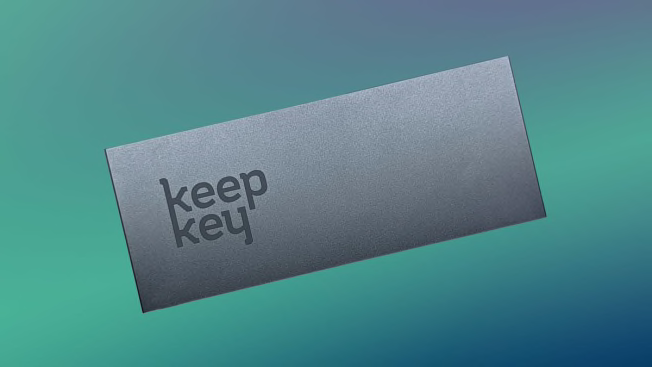
Photo: Nicholas De Leon/Consumer Reports Photo: Nicholas De Leon/Consumer Reports
Price: $49
Platforms: Windows, macOS, Linux, Chrome OS, Android (all via web app)
Connectivity: USB Micro
If you don’t need wireless connectivity or Apple iOS compatibility, this is a solid wallet at a nice price.
It has an easy-to-read display—the largest in our evaluation—and a single physical button that’s comfortable to press. And thanks to its use of a web app, the model is compatible with even Linux and Chrome OS. (The company recommends using Chrome or the Brave web browser with the app.)
Using KeepKey with an Android device may require a separate cable or dongle; I plugged an ordinary USB-C dongle into the wallet to connect it to a Google Pixel smartphone. There is no wireless connectivity.
A wide variety of cryptocurrencies are supported, including ShapeShift’s own Fox token.
The web app is easy to use, letting you send and receive crypto from wallet to wallet or buy new crypto from select exchanges. You can also use it to swap the crypto you own for another form of crypto, choosing from a wide selection that includes ShapeShift’s own Fox token.
Compact Pick: Trezor Model One
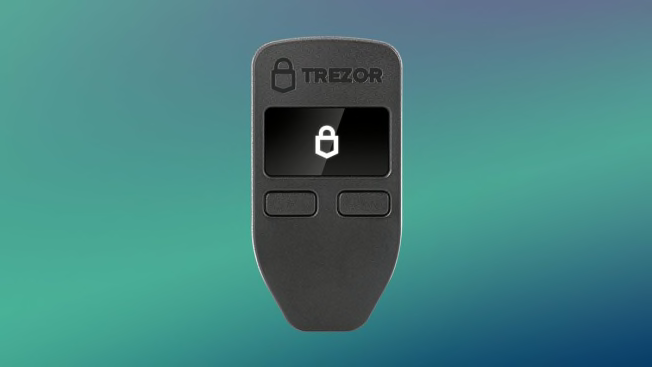
Photo: SatoshiLabs Photo: SatoshiLabs
Price: $70
Platforms: Windows, macOS, Android, Linux, Chrome OS
Connectivity: USB Micro
The Model One offers solid functionality and wide platform compatibility, but the design is not ideal for everyone.
The device is shaped like a key fob, and has a small display and two small rectangular buttons, which are quite close together, making for a somewhat cramped experience, at least for me. If you have smaller hands, you may not have that problem.
The model feels somewhat cheap and delicate, too, compared with other crypto wallets. It tends to jangle and rattle around when you use it.
There are two ways to use the Model One: You can work with the dedicated Trezor Suite app (available for Linux, Mac, and Windows) or a web app in a browser.
There’s no functional difference between the two options, but the web app allows those with Android and Chrome OS devices to use the wallet, too. And since the Model One can’t connect wirelessly, you’ll need a dongle if your phone or laptop doesn’t have a built-in USB-A port. I used a USB-C dongle for a Google Pixel.
The Model One supports many popular cryptocurrencies, including bitcoin and Ethereum. It’s not compatible with more obscure cryptocurrencies, such as Monero and Cardano, but Trezor’s $215 Model T, which we did not evaluate, is.
Both apps have clean interfaces that allow you to send and receive crypto, buy crypto with U.S. dollars from select exchanges, and swap crypto in different forms. There’s even an option to spend your crypto on gift cards from retailers, including Amazon and Walmart.
Ledger Value Pick: Ledger Nano S
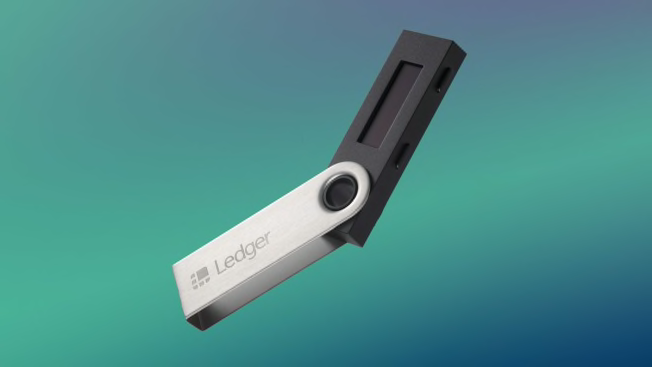
Photo: Ledger Photo: Ledger
Price: $59
Platforms: Windows, macOS, Linux, Android
Connectivity: USB Micro
Think of this as a pared-down version of the Nano X. Price-wise, it’s competitive with other wallets, but it beats most in my estimation, because the Ledger Live software is so clean and straightforward.
The model is small in size, making it a little harder to read than the Nano X, and lacks Bluetooth, so it can’t be used with an iOS device. But Android phone owners are fine, as long as they have an appropriate cable or dongle. I was able to connect the Ledge Nano S to my Google Pixel with an ordinary USB-C dongle.
As with the Nano X, the Ledger Live app allows you to easily send, receive, and swap crypto. It also supports most of the major cryptocurrencies.
The Thin Pick: Cool Wallet S

Photo: Nicholas De Leon/Consumer Reports Photo: Nicholas De Leon/Consumer Reports
Price: $99
Platforms: Android, iOS
Connectivity: Bluetooth
The Cool Wallet S works fine, but it’s hard to justify the $99 price.
I like the model’s design, which resembles a credit card and easily fits into your “real” wallet. But there’s much more about the device that I didn’t like.
The Cool Wallet S is the only option we evaluated that requires its own proprietary charger, for example. If you lose it, your only recourse is to buy a new one for $40.
There’s also no desktop app, which means you’re forced to use a smartphone or tablet. Maybe you’re okay with that, but I prefer to use my computer.
And, finally, the iOS app that I used in my evaluation sent me several Chinese-language push notifications, which was strange, considering the app itself is in English.
In the end, though, all the expected functionality is here, including the ability to send and receive crypto like bitcoin and Ethereum, so if you’re a fan of the credit card-like design, go for it.
How Crypto Wallets Work
When you use a crypto wallet, the currency is stored on the blockchain, not the device itself. That means you don’t lose your crypto if you misplace your wallet. More on that in a minute.
Think of it like using a multifactor authenticator to log in to a bank account. You initiate a transaction via an app on your computer or smartphone and then authorize the transaction with the wallet.
To illustrate further, let’s use the Ledger Nano X, our Editor’s Choice.
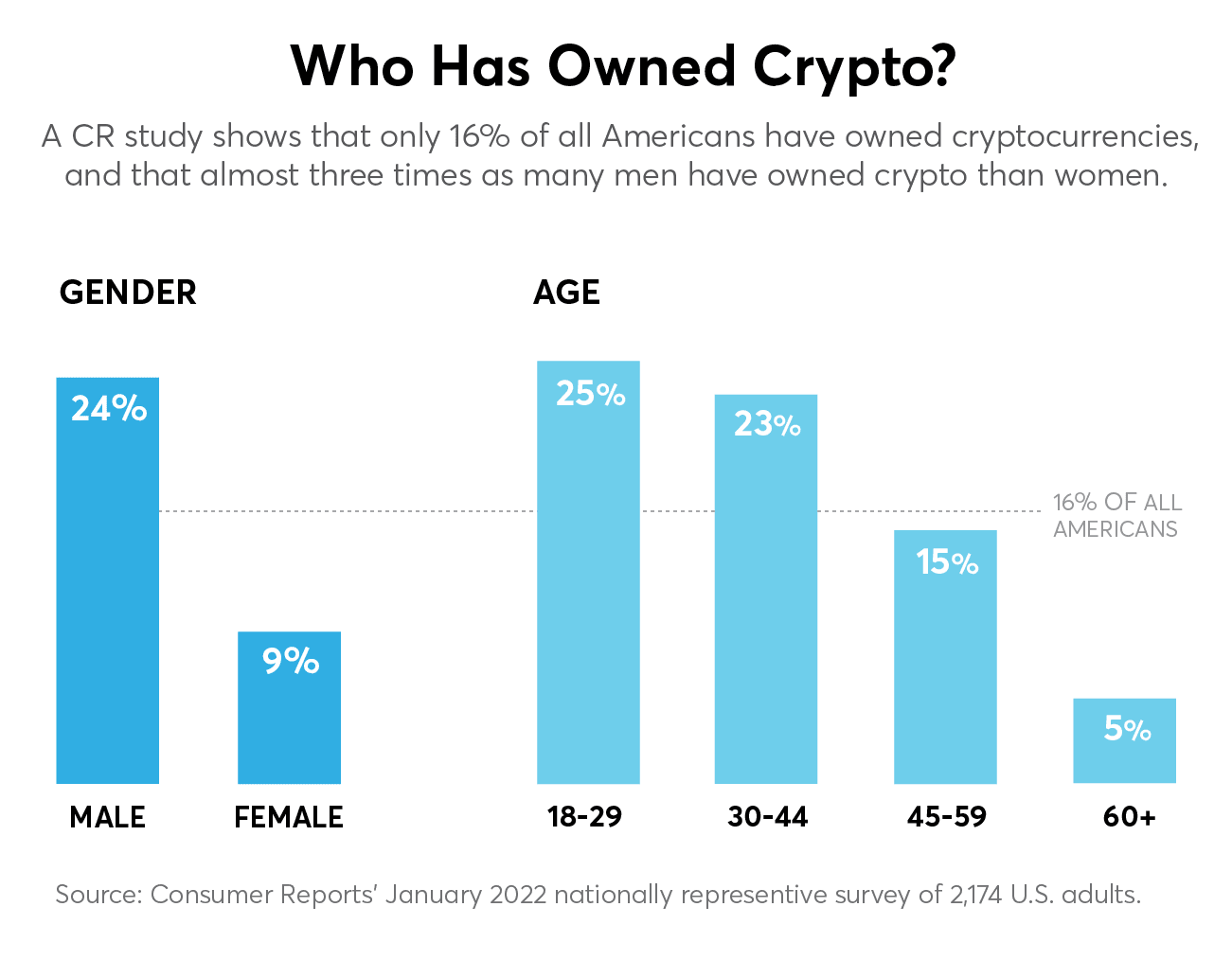

The wallet is roughly the length and width of a stick of gum and about a centimeter thick. It has a built-in display and two physical buttons. After opening the packaging, you download the corresponding app, Ledger Live, from Nano’s website.
After confirming that the wallet worked with the iOS app, I mostly used the Windows app in my testing. I like to use a computer instead of my iPhone for “important” tasks such as paying bills and managing money, but that’s a personal preference. If you’re more of a phone person, you want to choose a wallet that offers full mobile support.
After you’ve installed Ledger Live, you plug the Nano X into your computer or pair it with your smartphone. The app then instructs you to create a four- to eight-character PIN on the device itself, using the two physical buttons to scroll back and forth on the display and pick each numeral.
(The hardware wallets we tested all have physical buttons, which are also used to confirm any transactions you make in the app.)
You will have to enter the PIN every time you connect your Nano X to your computer.
Next comes the most cumbersome part of the setup process: the creation and confirmation of a 24-word recovery phrase.
All wallets use such a phrase. Ledger recommends that you write it down on a small piece of paper included in the Nano X packaging. I’d go one step further and suggest you place it in a very secure location, like a small safe or fireproof security box. If someone were to obtain it, they’d have total access to your crypto.
To create the recovery phrase, the Nano X shows you 24 words, one by one, on its built-in display. After you’ve viewed the words, you’re asked to confirm them. The Nano X literally asks “What’s word 1?” and gives you a choice of four words. You need to pick the correct one to verify it. Do that 23 more times and you’re good to go. Phew.
Now, if the Nano X is lost, stolen, or damaged, it’s no big deal. You can simply buy a new one and sign in to it using the 24-word recovery phrase. In fact, you can use the phrase with any wallet that adheres to a “chain code” standard known as BIP-32.
With setup complete, you can begin to use the wallet, perhaps buying some crypto from an exchange and sending it to your wallet. That way, your digital assets are stored securely offline with your device rather than on the exchange.
Sending and receiving crypto is pretty easy.
Continuing with the Ledger Nano X example, in the Ledger Live app, you simply select the “Receive” option on the left hand side, copy your wallet’s bitcoin address (which is a jumble of 34 characters) to your clipboard, then confirm on the device that you’re ready to receive. After that, you go to your exchange, paste in your Nano X address, and send the bitcoin on its way. That’s basically it.
In a few minutes, you get a confirmation in Ledger Live (and typically via a follow-up email from your exchange) saying the bitcoin was sent successfully.
Sending crypto from your Nano X to an exchange is similarly easy. In the Ledger Live app, you select “Send” on the left hand side, paste the bitcoin address and amount you want to send into a pop-up window, and confirm the send on the Nano X itself.
The process for doing just about anything with the Nano X (and the other wallets I tested) follows that pattern. You initiate a transaction in the app, then confirm that transaction on the crypto wallet.
















